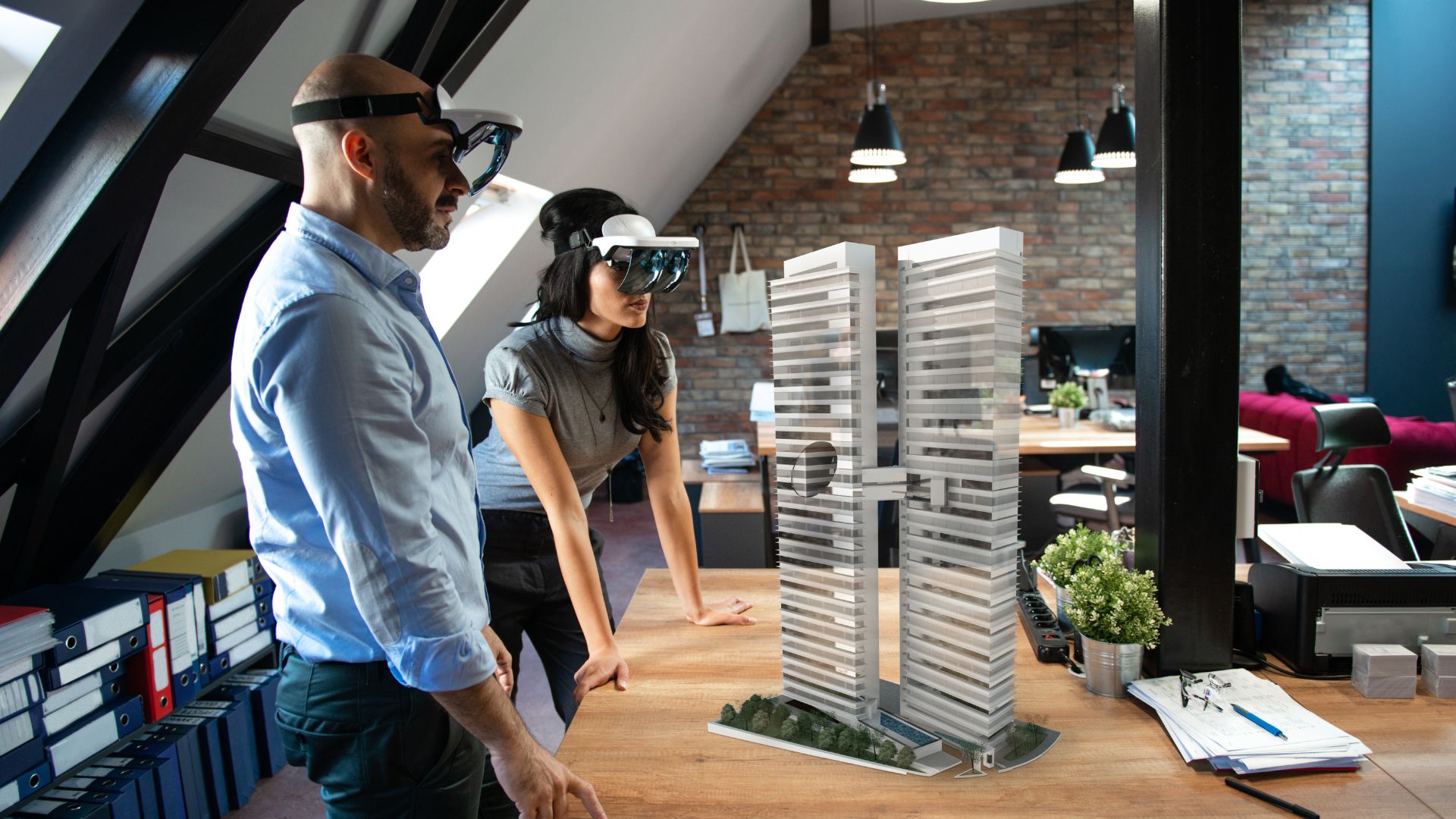Types of Augmented Reality
Augmented reality (AR) has revolutionized the way we interact with digital information in the physical world. From marker-based AR to markerless AR, there are various types that cater to different needs and applications. Each type offers unique features and functionalities that enhance user experiences across diverse industries.
One of the most common types of augmented reality is location-based AR, which overlays digital content onto the real world based on GPS data. This technology is widely used in navigation apps and location-specific games, providing users with real-time information about their surroundings. Another popular type is projection-based AR, where images or videos are projected onto real surfaces, creating immersive visual experiences for users.
Moreover, recognition-based AR utilizes object recognition to trigger digital content when specific objects or markers are detected by a device’s camera. This type is often employed in marketing campaigns and educational tools to deliver interactive and engaging content. Understanding these various types of augmented reality technologies can help businesses and developers leverage the power of AR to create innovative solutions for users worldwide.
Understanding Augmented Reality
Augmented reality (AR) is a technology that merges digital information with the real world, enhancing our perception and interaction with our surroundings. It’s often confused with virtual reality (VR), but AR overlays digital content onto the physical environment rather than creating a fully immersive digital experience.
One of the key aspects of AR is its ability to provide real-time data and context-specific information. Imagine wearing AR glasses that display navigation cues as you walk down a street or showing interactive historical facts when visiting a museum. This seamless integration of virtual elements into our everyday lives is revolutionizing how we learn, work, and play.
AR applications span various industries, from gaming and entertainment to healthcare and education. Pokemon GO brought AR into the mainstream by allowing players to catch virtual creatures in real-world locations using their smartphones’ cameras. On the other hand, surgeons use AR technology to overlay medical images onto a patient during surgery for more precise interventions.
The market for types of augmented reality is booming, with projections estimating significant growth in the coming years. Businesses are increasingly adopting AR solutions to improve customer experiences, enhance training programs, and streamline operations. As the technology evolves and becomes more accessible, we can expect even greater integration of AR into our daily routines.
In conclusion, understanding augmented reality requires recognizing its potential to transform how we perceive and interact with the world around us. By blending digital content with reality seamlessly, AR opens up endless possibilities for innovation across various sectors. Embracing this technology not only enriches experiences but also paves the way for a future where boundaries between the physical and digital realms blur further.
Emerging Trends in Augmented Reality
Exploring the ever-evolving landscape of augmented reality (AR), it’s fascinating to witness the emergence of several key trends shaping its future. Let’s delve into some of the most prominent developments:
- Spatial Computing Advancements: One notable trend is the progression towards more sophisticated spatial computing capabilities. This involves AR technologies gaining enhanced spatial awareness, allowing for more seamless integration of virtual elements into real-world environments. Companies like Magic Leap are pioneering this field with their spatial computing platforms.
- Integration with Artificial Intelligence (AI): Another significant trend is the deepening integration between AR and AI, enabling smarter and more intuitive user experiences. By leveraging AI algorithms, AR applications can better understand user behavior and preferences, leading to personalized interactions. For instance, Snapchat’s use of AI-powered filters showcases this trend effectively.
- Rise of Web-Based AR: With advancements in web technologies, we’re witnessing a surge in web-based AR experiences that eliminate the need for dedicated apps or downloads. Platforms like WebXR are empowering developers to create immersive AR content accessible directly through web browsers, democratizing AR content creation.
- AR Cloud Development: The concept of an “AR cloud,” a persistent digital layer superimposed on the physical world, is gaining traction as a foundational element for future AR experiences. Companies such as Niantic are investing heavily in developing shared AR spaces that users can interact with collectively, opening up new possibilities for social gaming and collaborative storytelling.
